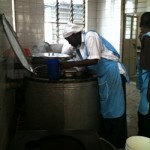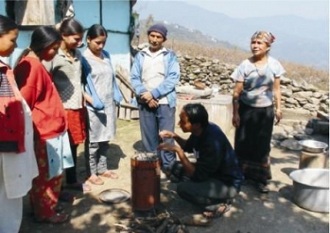Jnl Environ Investing, 3(1)2012
The Stoves Are Also Stacked: Evaluating the Energy Ladder, Cookstove Swap-Out Programs, and Social Adoption Preferences in the Cookstove Literature
- Full text (Download is free but registration is required)
Jessica Gordon, Jasmine Hyman
The distribution of fuel-efficient cookstoves, whether via aid, subsidies, carbon finance, or public programs, has undergone an international renaissance since the establishment of the “Global Alliance for Clean Cookstoves” (GACC) in September 2010, a high profile private-public partnership including the United Nations, the United States’ Environmental Protection Agency, and the Shell Foundation. The dominant discourse within the GACC mission and project strategy is the conviction that cookstoves can attract sufficient carbon finance to completely offset project costs, resulting in highly leveraged returns on donor contributions.
Much of the literature has focused on the many positive contributions of cookstove technology including improving public health, decreasing the burden on women, and reducing deforestation. Ample policy publications present recommendations for practitioners regarding cookstove design and project development, though these publications often underreport project failure.
Cookstove technology is not a new intervention but with the entrance of innovative financing streams, it is essential to contextualize its past performance within the academic and policy literature. This survey of existing knowledge synthesizes current understanding of fuel-efficient cookstove interventions while also revealing literature gaps and potentially fruitful lines of inquiry for future scholarship





